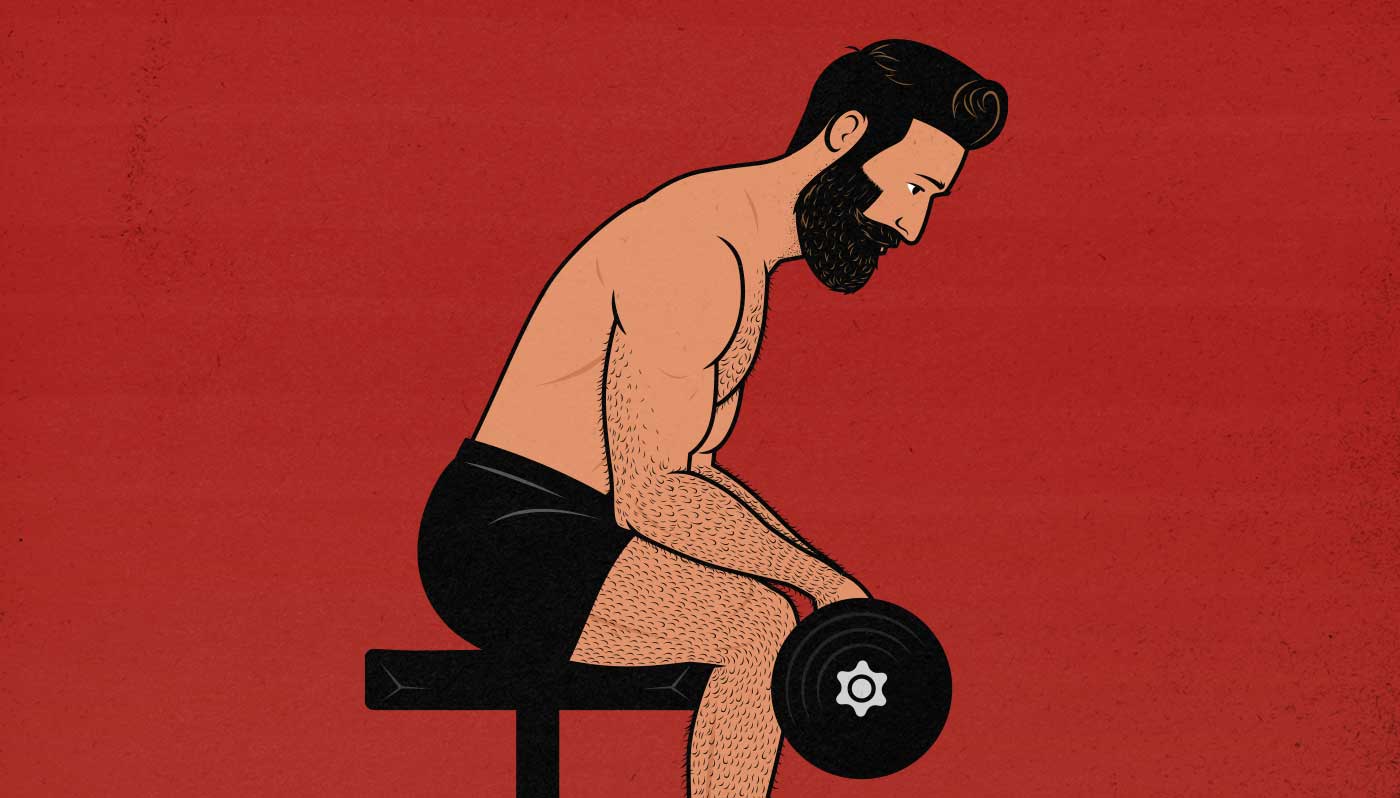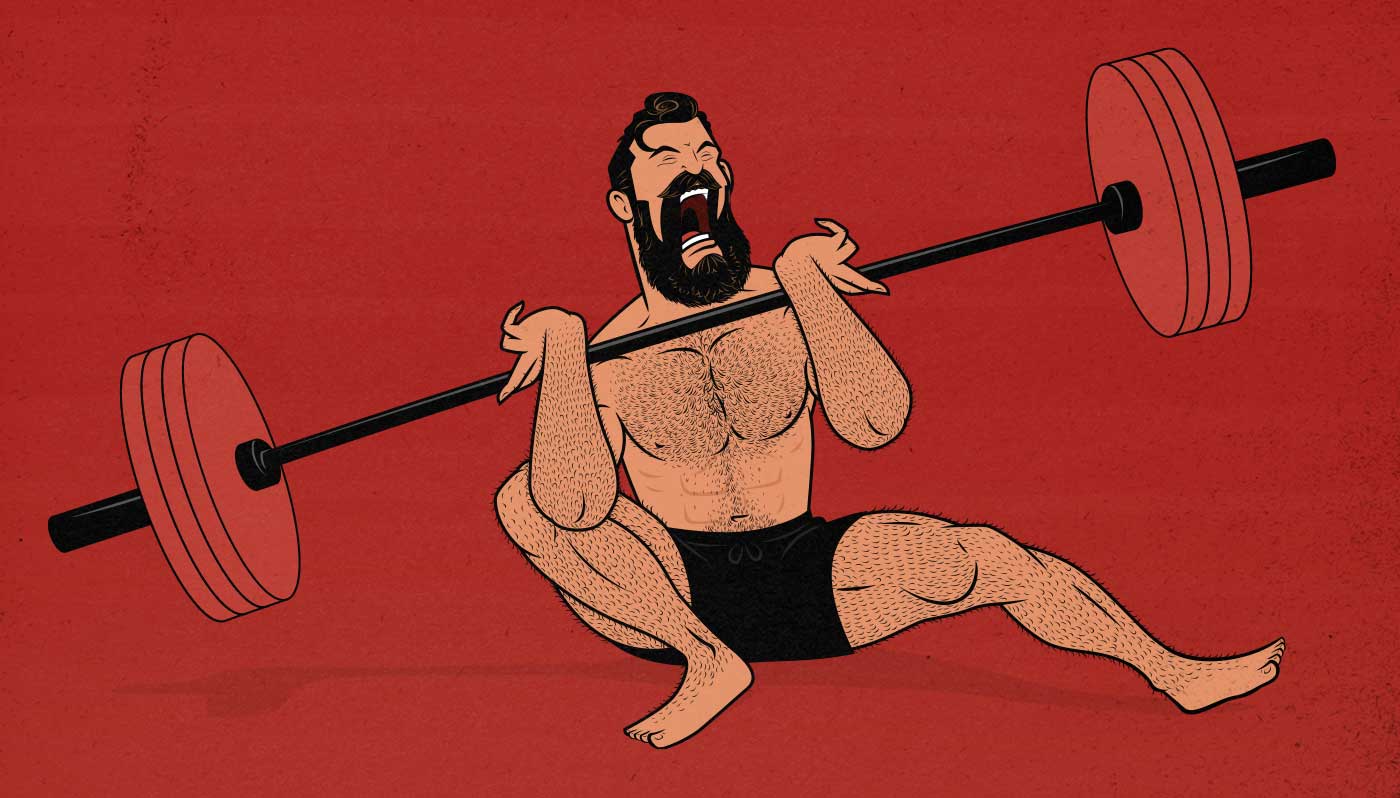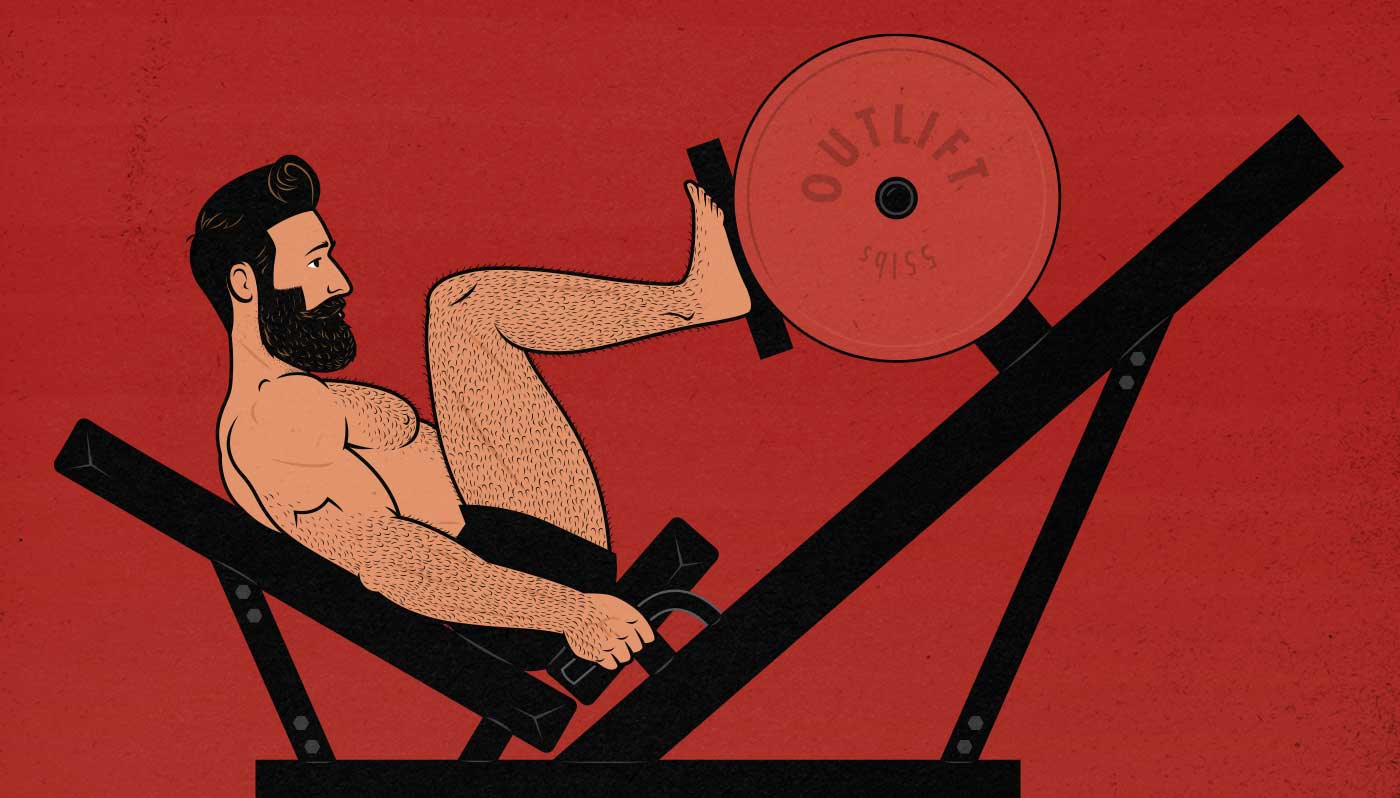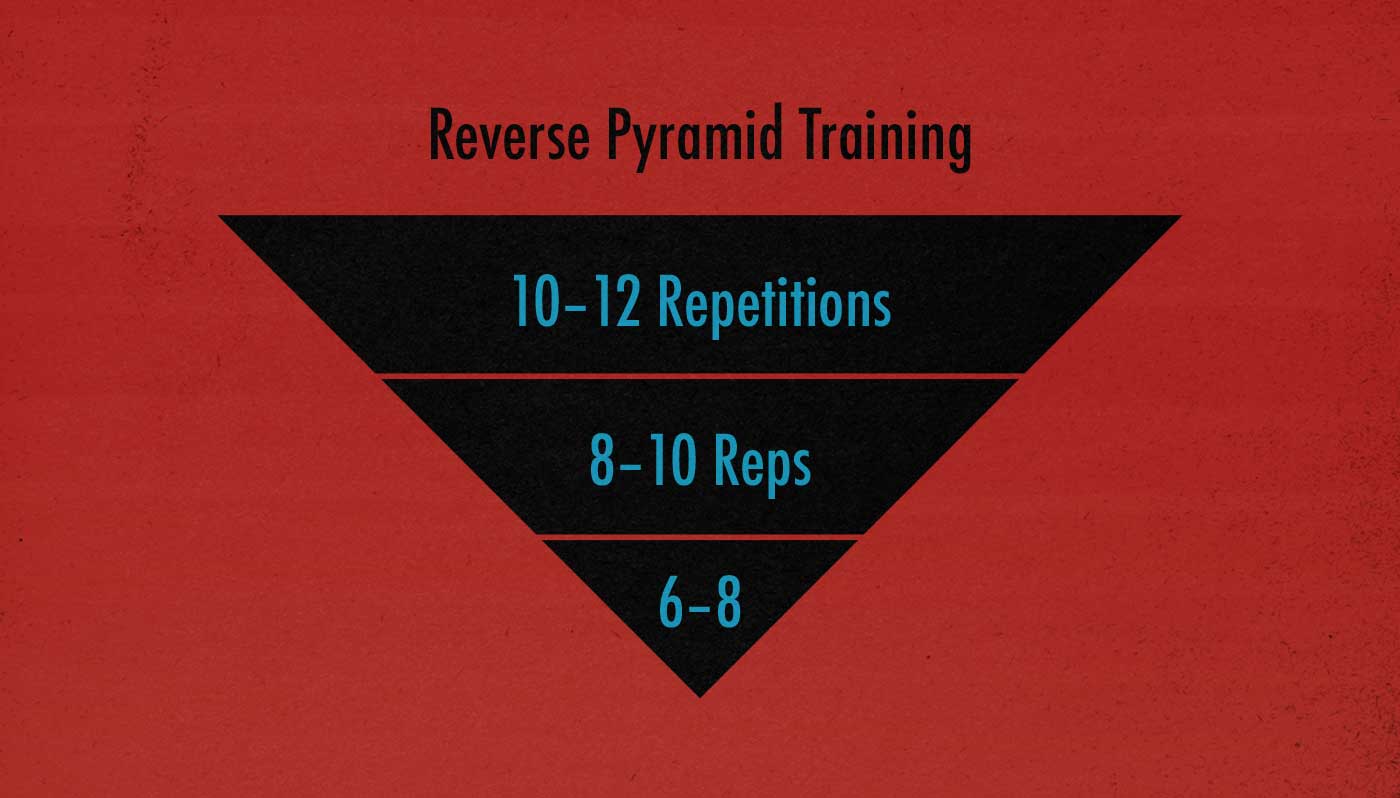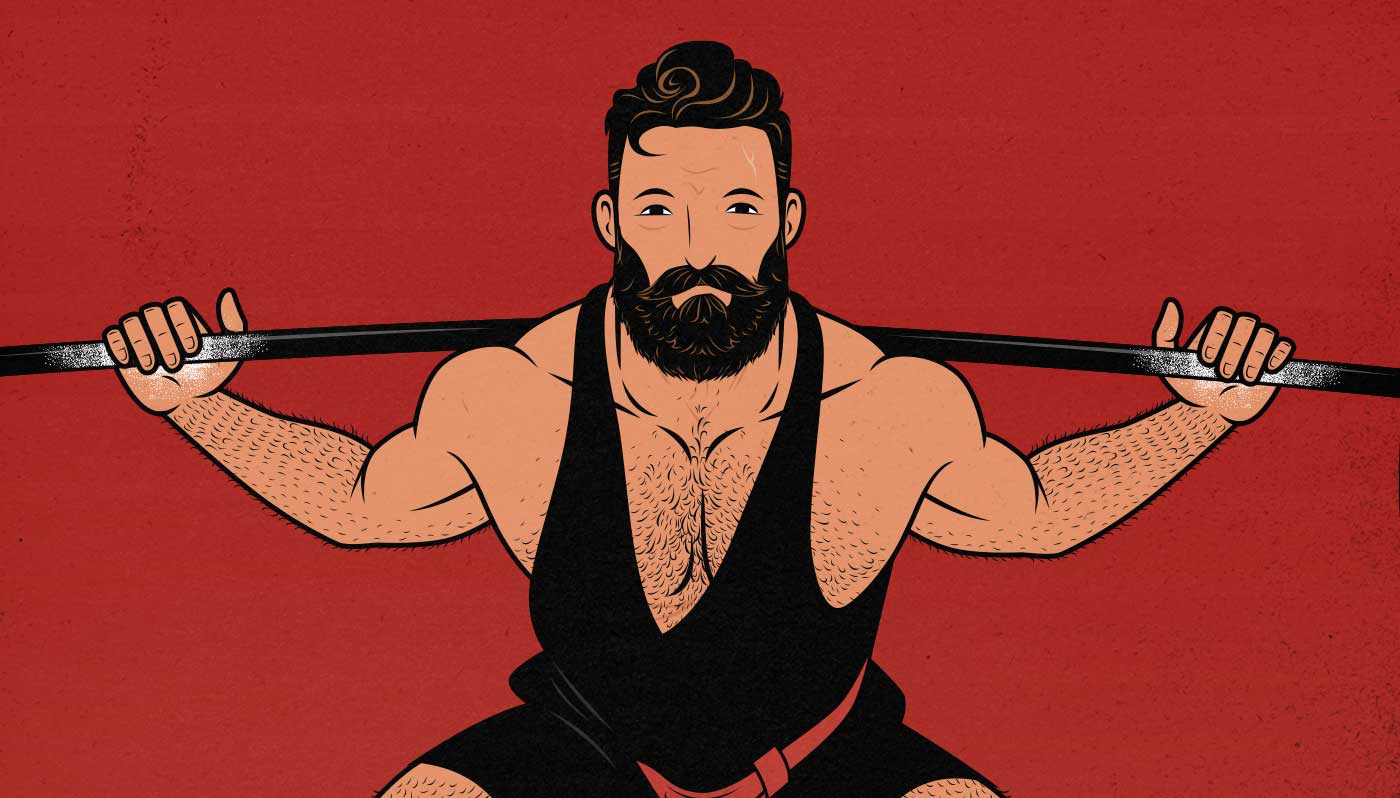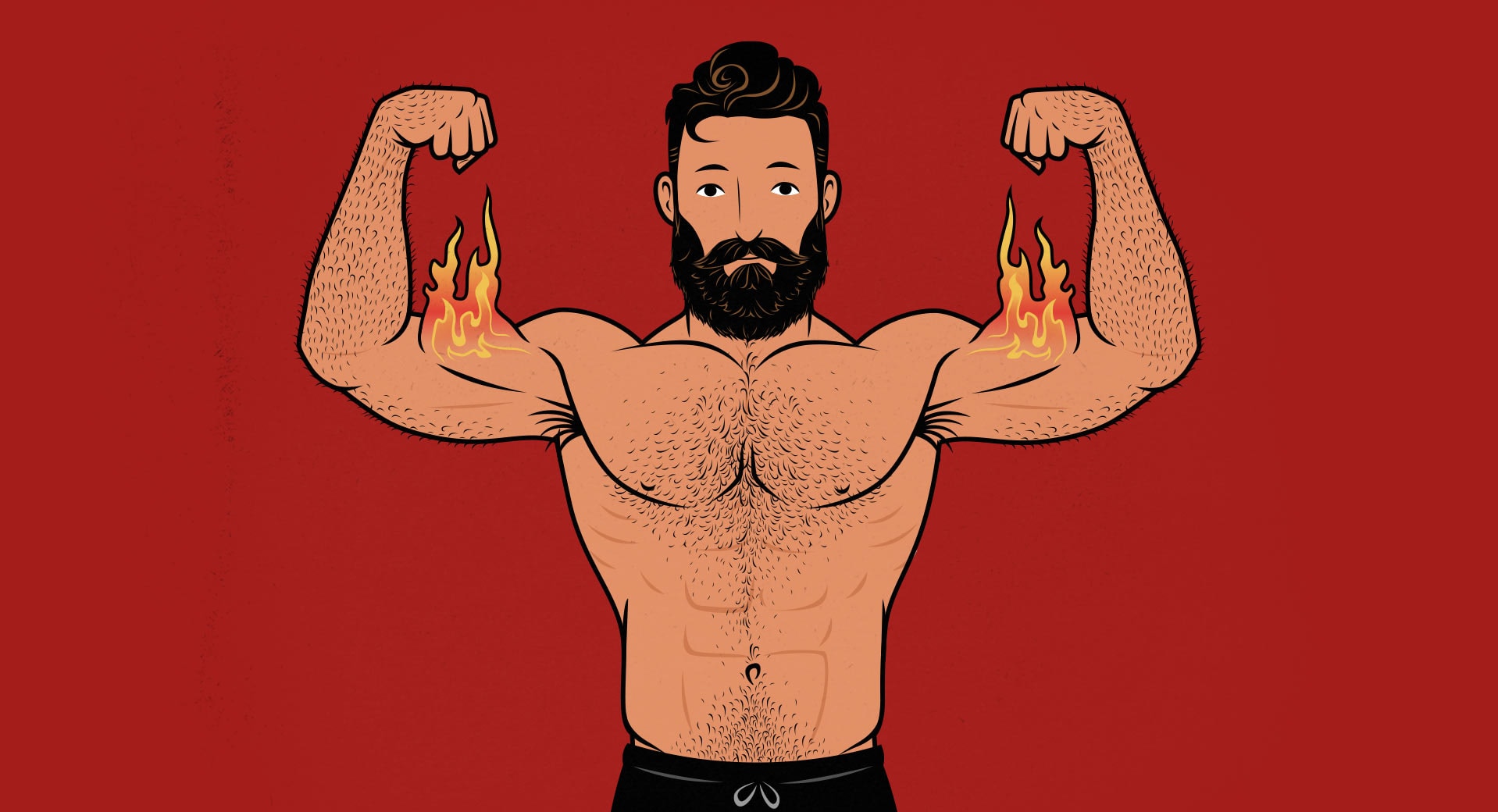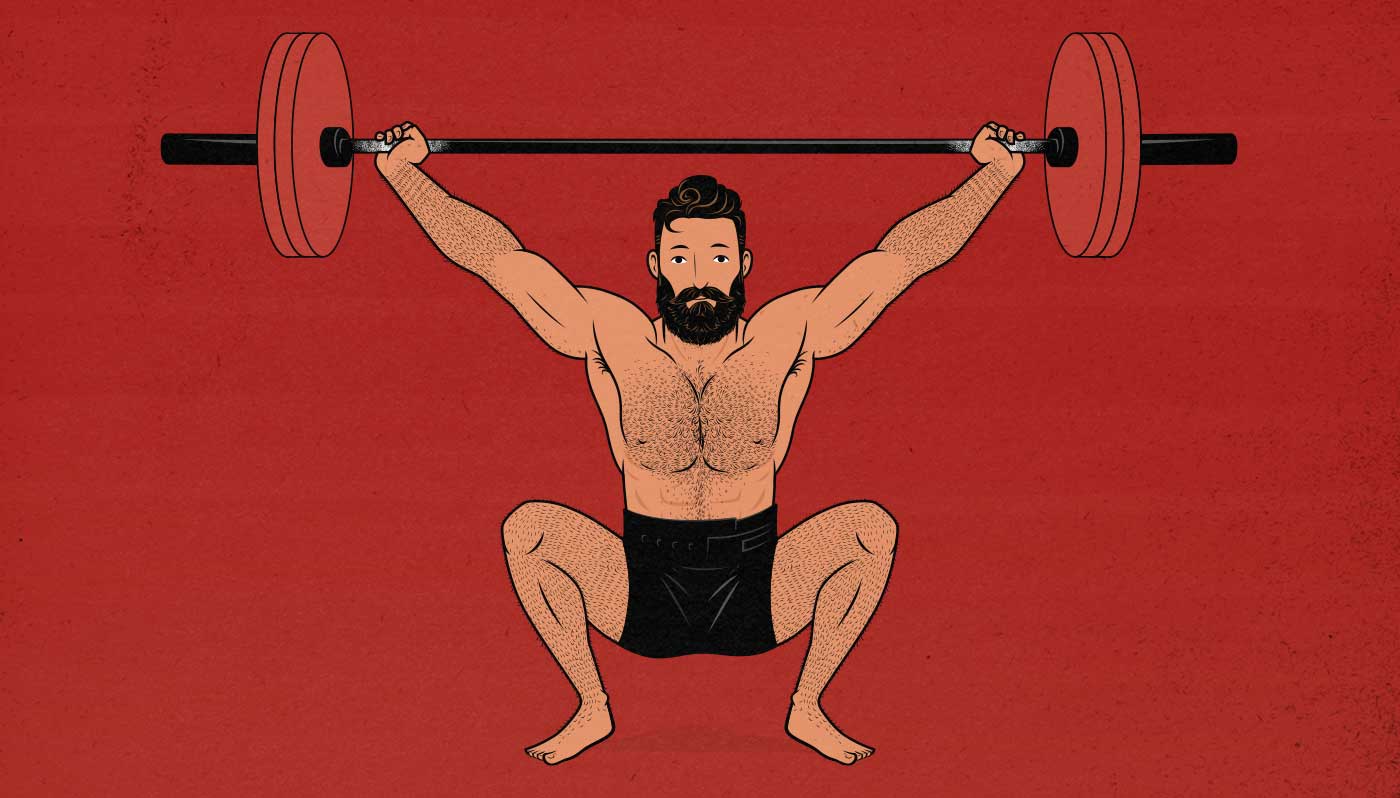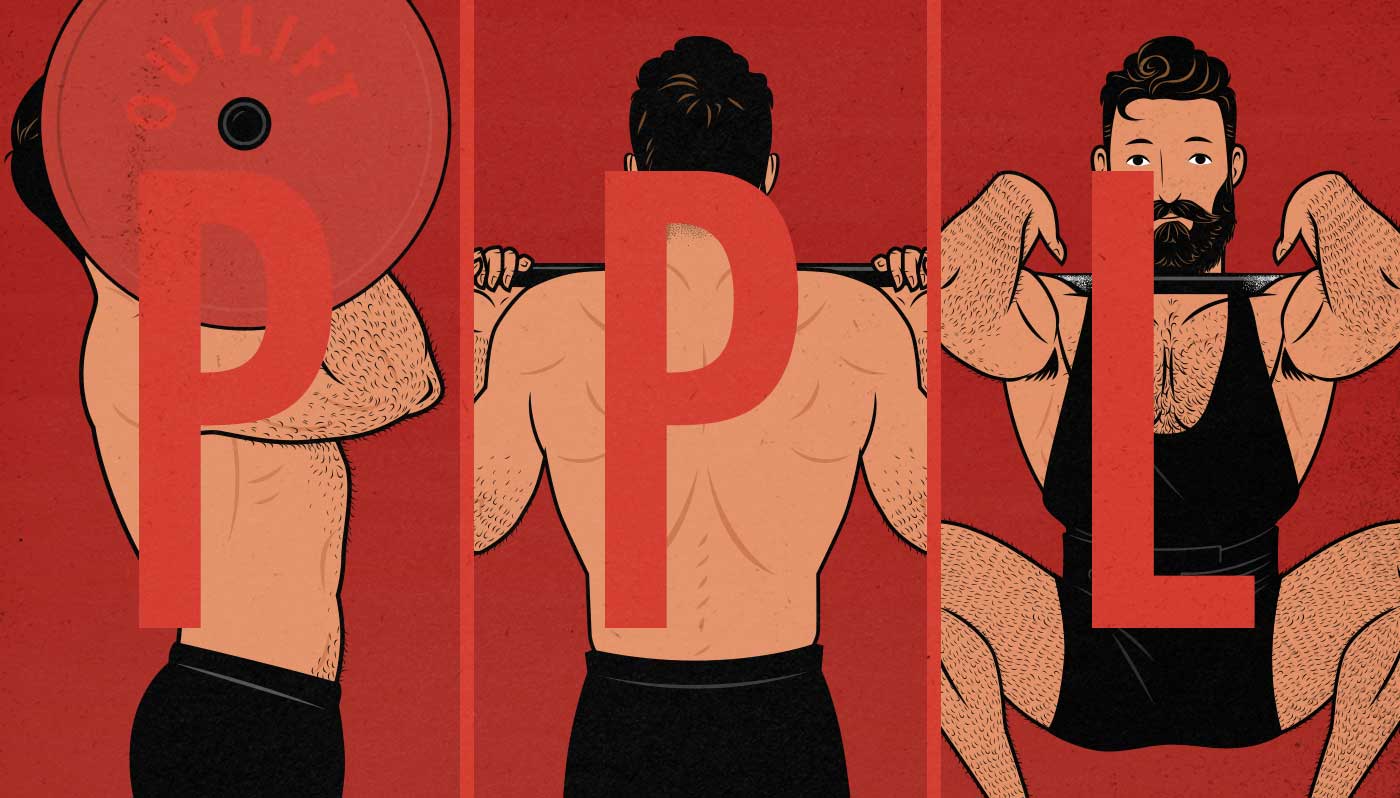Articles
The Guide for Skinny Guys With Belly Fat
Why do some skinny guys have belly fat? If you aren’t overweight, why is fat accumulating, and why is it clustering in your midsection? There are a few reasons this can happen and five things we can do to fix it, but all of it boils down to one term: nutrient partitioning.
In this article, we’ll explain why you’re gaining belly fat instead of muscle when you gain weight and why you’re burning muscle instead of fat when you lose it. If you can fix these two things, you’ll gradually become leaner and more muscular instead of skinnier and fatter.
Then, after covering nutrient partitioning, which will gradually get you in shape, we’ll talk about how to turn up the dial so that you can build muscle and burn belly fat much faster.
Delve into the detailsThe 3 Best Exercises for Building Bigger Forearms
Forearms are one of those extremities that only extremists remember to train. The average lifter assumes that including some barbell rowing, strapless deadlifting, and weighted chin-ups in their workout routines will be enough to build bigger forearms, and although that can certainly help, the results are often underwhelming, especially for those with naturally thinner wrists. These are great exercises, but they aren’t great forearm exercises.
Your grip muscles are in your forearms, yes, but they’re fairly small, and making them stronger won’t make your forearms much bigger. And barbell rowing will bulk up your brachioradialis muscles, which are in your forearms. Those are beefier muscles, and they can definitely make your forearms look bigger, but they’re unlikely to be a limiting factor when you’re rowing, especially if you’re focusing on pulling with your upper back muscles, and especially if you’re using lifting straps. And so, again, your forearms might not grow all that much bigger.
Plus, even if you strengthen your grip and build bigger brachioradialis muscles, you’re still neglecting the vast majority of the muscles in your forearms—the forearm flexors and extensors. And so your forearms may stay fairly thin until you start doing dedicated forearm exercises.
So let’s talk about how to train your forearms, the best forearm exercises, and how to make the best forearm workout.
Delve into the detailsWhen Should You Lift to Failure?
Should we lift to failure when trying to gain muscle size? That’s a tricky question, and the answer depends on the situation. For example, experienced lifters are able to lift to failure more safely, but they stimulate more muscle growth by stopping just shy of failure, at least on compound lifts. Beginners, on the other hand, can build muscle faster by lifting to failure, but since they don’t have the skill to take compound lifts to failure safely, training to failure is best reserved for isolation lifts.
The situation grows murkier when we consider that it’s often better to leave reps in reserve when lifting in lower rep ranges, whereas lifting in higher rep ranges often demands that we push closer to failure.
Perhaps most importantly of all, it’s often hard to estimate exactly how many reps we’re leaving in reserve, and if we misjudge our efforts and fail to push ourselves hard enough, we may wind up failing to stimulate any muscle growth whatsoever.
In this article, we’ll cover the research looking into training to failure as it relates to gaining muscle size, discussing the nuances of when you should and shouldn’t leave reps in reserve.
Delve into the detailsExercise Machines Vs Free Weights for Gaining Muscle Size
Are exercise machines as good as free weights for stimulating muscle growth? It’s often said that free weights engage more overall mass, do a better job of activating our muscles, and give us more general strength. Is that true? And if so, does that mean we should avoid exercise machines?
On the other hand, machines are often thought to do a great job of isolating certain muscles, many of them are designed to have an ideal strength curve for stimulating muscle growth, and some machine lifts, such as the leg extension, can’t be mimicked with free weights. Is it true that there are advantages to exercise machines, and if so, does that mean that we should use them instead of free weights, at least on certain lifts?
Finally, the big compound free-weight lifts can be hard to learn, especially for beginners. Should a beginner start with the barbell back squat, bench press, chin-up, and barbell row, or should they start with easier exercise machine variations, such as the leg press, chest press, lat pulldown, and cable row?
In this article, we’ll cover the pros and cons of using exercise machines for gaining muscle size, how they compare to free weights at stimulating muscle growth, and if/when you should use them.
Delve into the detailsReverse Pyramid Training Guide
Reverse Pyramid Training is a popular way for intermediates to break through muscle and strength plateaus. It’s also quite efficient, typically involving three full-body workouts per week, each lasting less than an hour.
In this article, we’ll discuss the pros and cons of Reverse Pyramid Training, why you might want to train this way, how to do it, and then give a sample workout program. We’ll also cover whether it’s a good way of stimulating muscle growth compared to other training methods, such as traditional hypertrophy training.
Delve into the detailsA Review of Starting Strength for Building Muscle
Starting Strength was created by the former powerlifter Mark Rippetoe as a beginner program for gaining general strength. It has its roots in powerlifting culture, but it’s not a powerlifting program. It’s designed to be good for gaining general strength, but what does that mean? And it’s occasionally marketed as being a good program for gaining muscle size. Is it?
What we want to do in this article is to review it from the perspective of a skinny person who’s new to lifting weights and trying to gain muscle mass, become stronger, and improve their appearance. Is Starting Strength ideal for those very specific goals?
Delve into the detailsReview of the Max Size Workout Program by Athlean-X
Our specialty is hypertrophy training. More specifically, we help naturally skinny “hardgainers” bulk up. But before that, Marco worked as the strength coach for several college, professional, and Olympic athletes. He also interned under Eric Cressey, the strength coach overseeing the training of the Yankees. So we’ve got somewhat similar roots to Jeff Cavaliere. Not surprisingly, then, we get a lot of questions about his muscle-building program for skinny guys.
Max Size is Jeff Cavaliere’s workout program for hardgainers looking to build muscle. That’s the program that best lines up with our area of expertise. So let’s evaluate it based purely on how effective it is at helping skinny guys bulk up.
Delve into the detailsIs Olympic Weightlifting Good for Gaining Muscle Size?
Is Olympic weightlifting good for building muscle? It depends on what we compare it against. Any type of training that challenges our muscles with heavy loads has the potential to stimulate at least a little bit of muscle growth. That makes it quite a bit better than endurance training and cardio for building muscle. But does Olympic weightlifting stimulate a comparable amount of muscle growth to hypertrophy training (aka bodybuilding)?
Delve into the detailsIs German Volume Training (10×10) Good for Gaining Muscle Size?
German volume training (GVT), also knows as the ten sets method, is commonly used during bulking phases as a way to increase muscle growth. But how does it compare against a more traditional bulking approach? Do those extra sets really stimulate extra muscle growth?
Delve into the detailsAre 3-Day Push/Pull/Legs Workout Splits Good for Building Muscle?
Push/Pull/Legs Workout Splits have been a popular way of building muscle for several decades. The 6-day version is beloved by many serious bodybuilders, while the 3-day version is more popular with casual lifters. That’s the version I want to talk about here.
The idea is to hammer a muscle with a variety of exercises, stimulate a maximal amount of muscle growth, and then give the muscle a full week to recover before training it again. Is that the best way to build muscle?
In the past few years, a substantial amount of research has come out comparing push/pull/legs routines against full-body routines. We also have a number of studies looking into how many sets we should do and how often we should train. The findings were surprising.
Delve into the details

